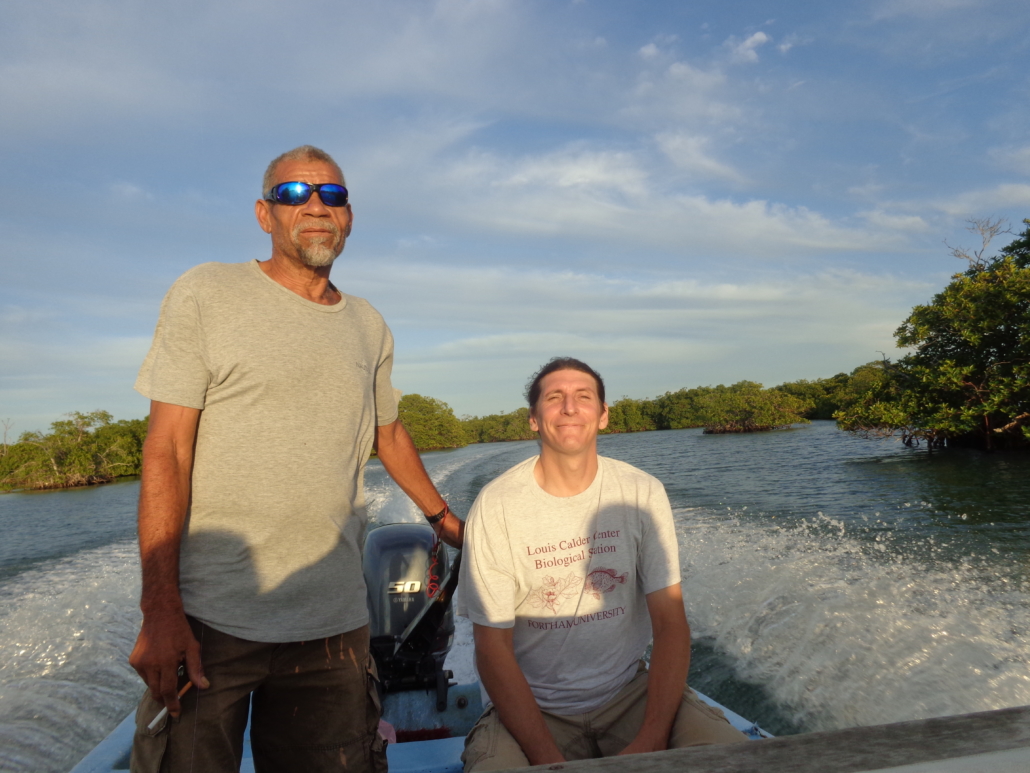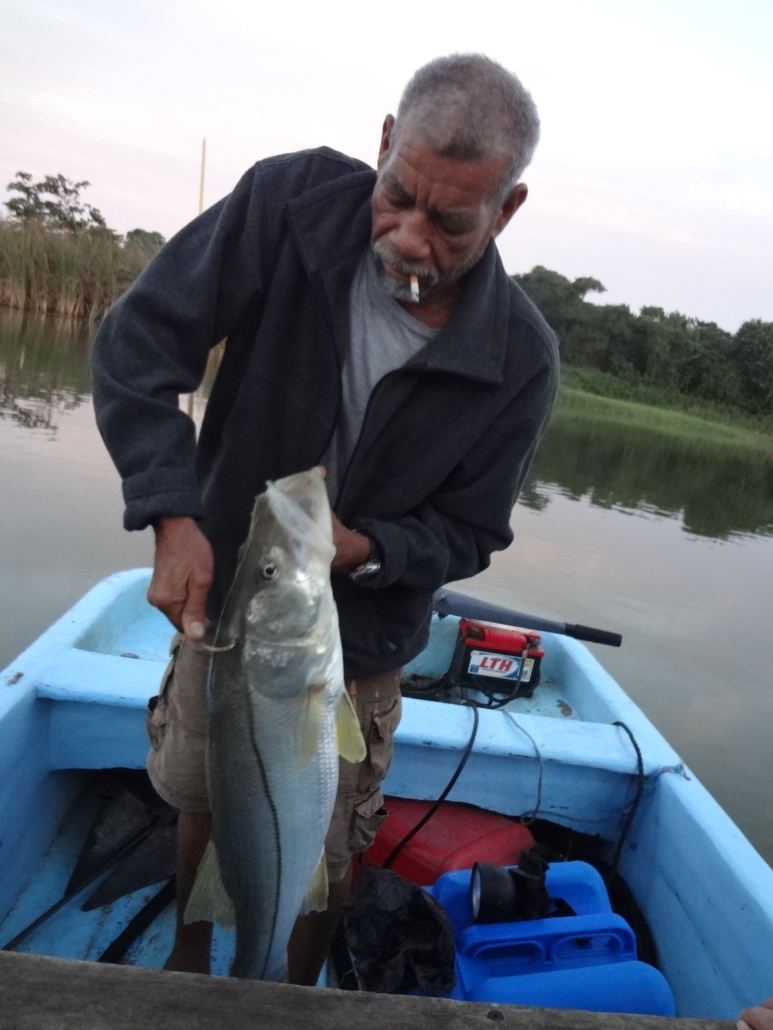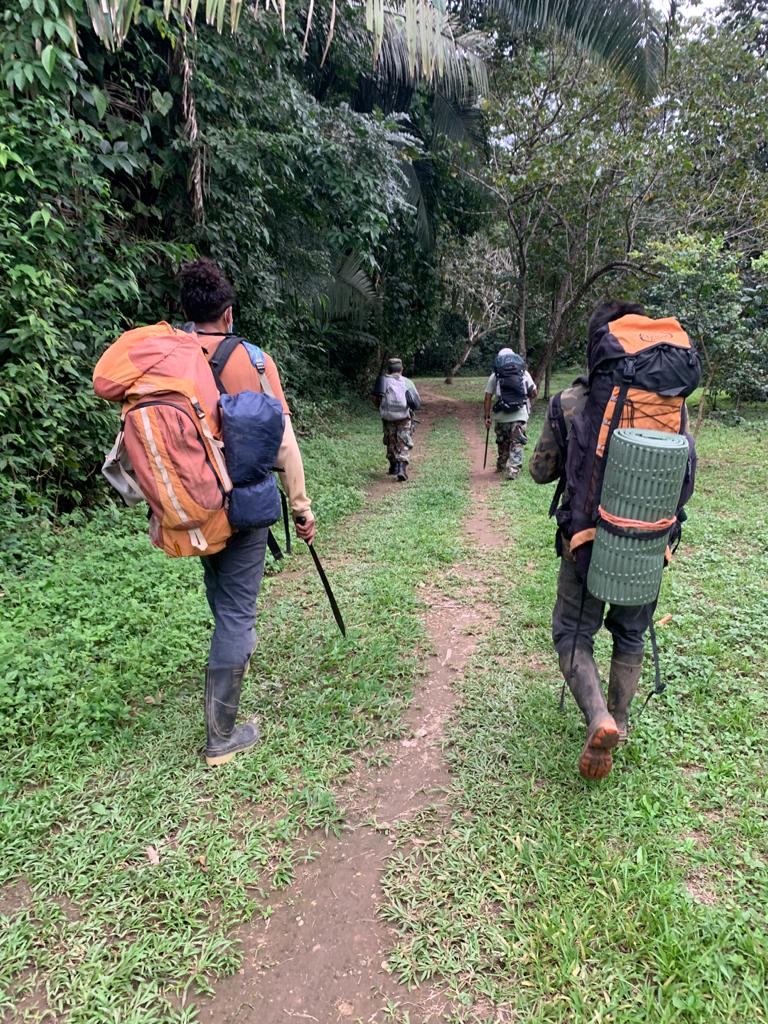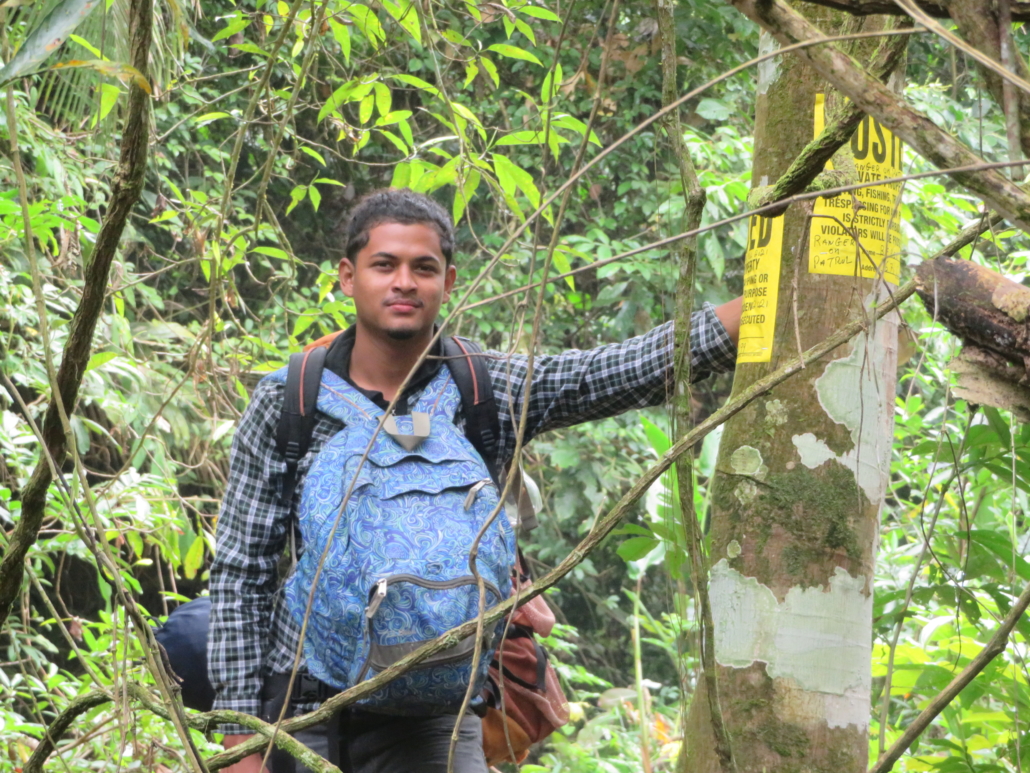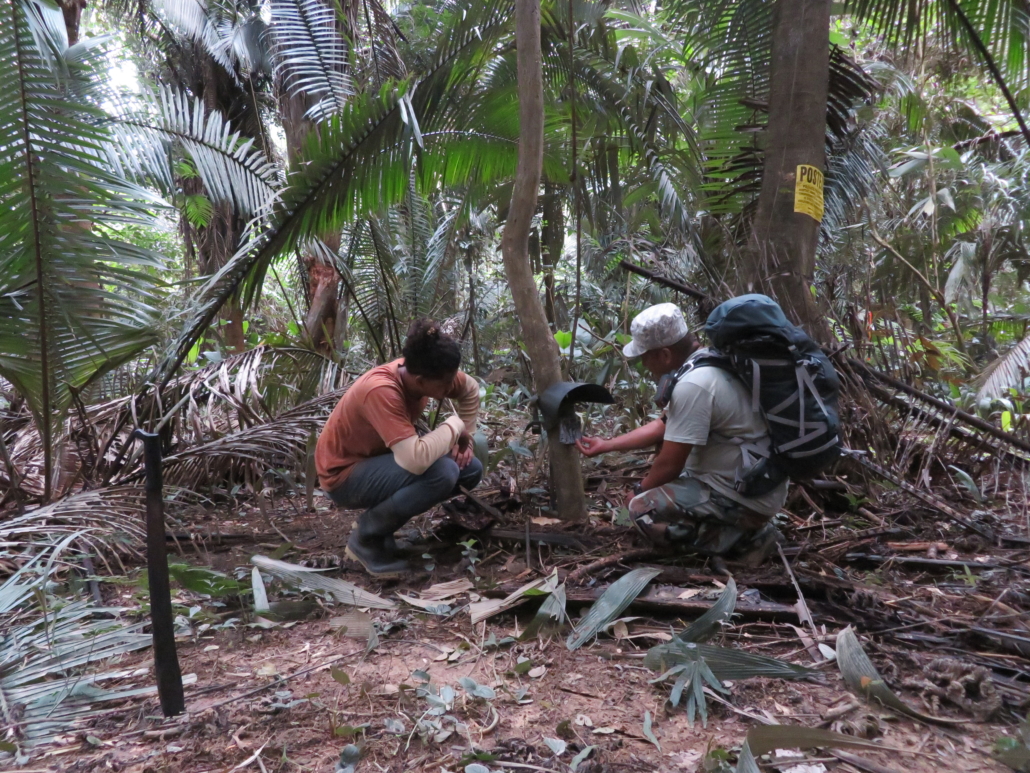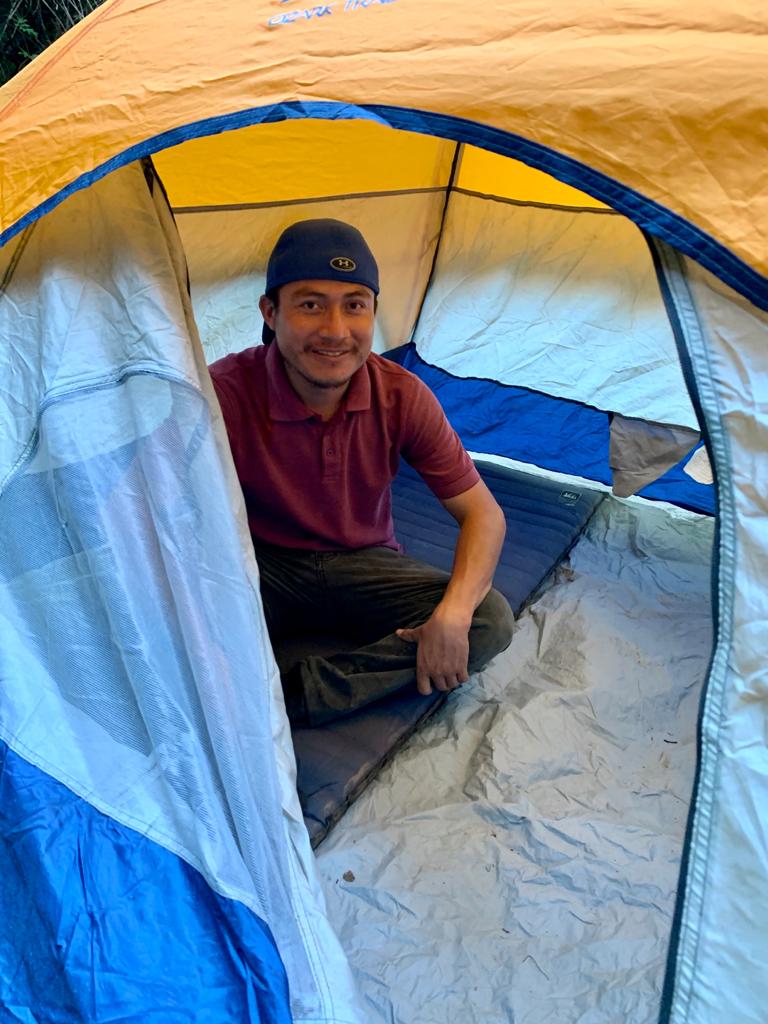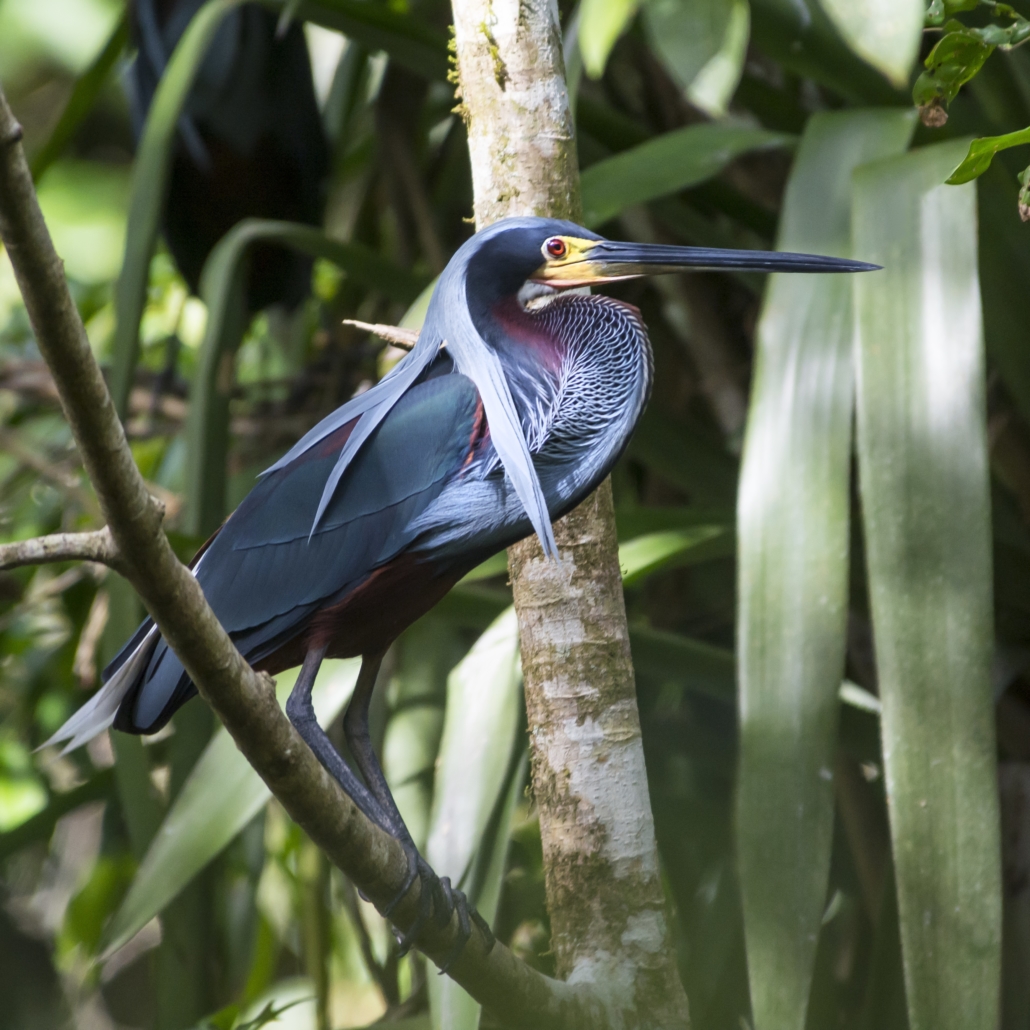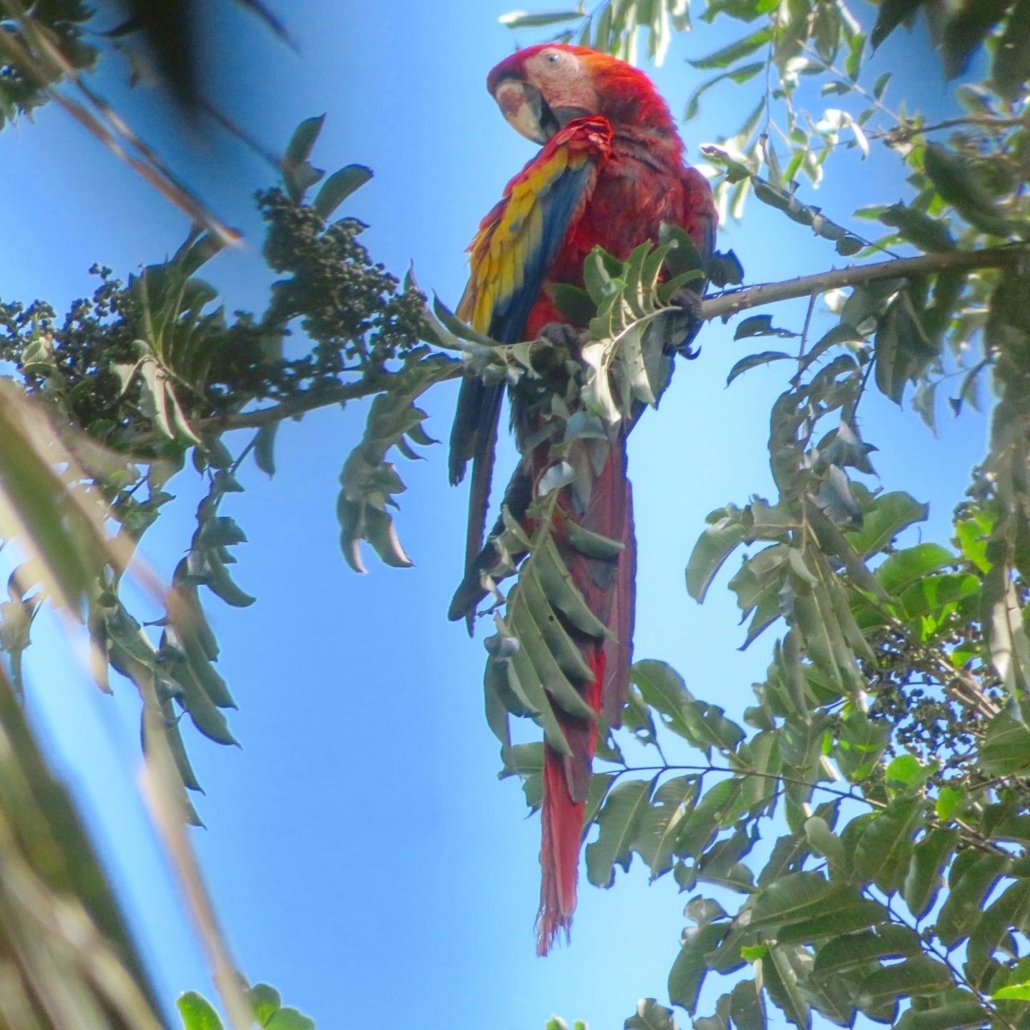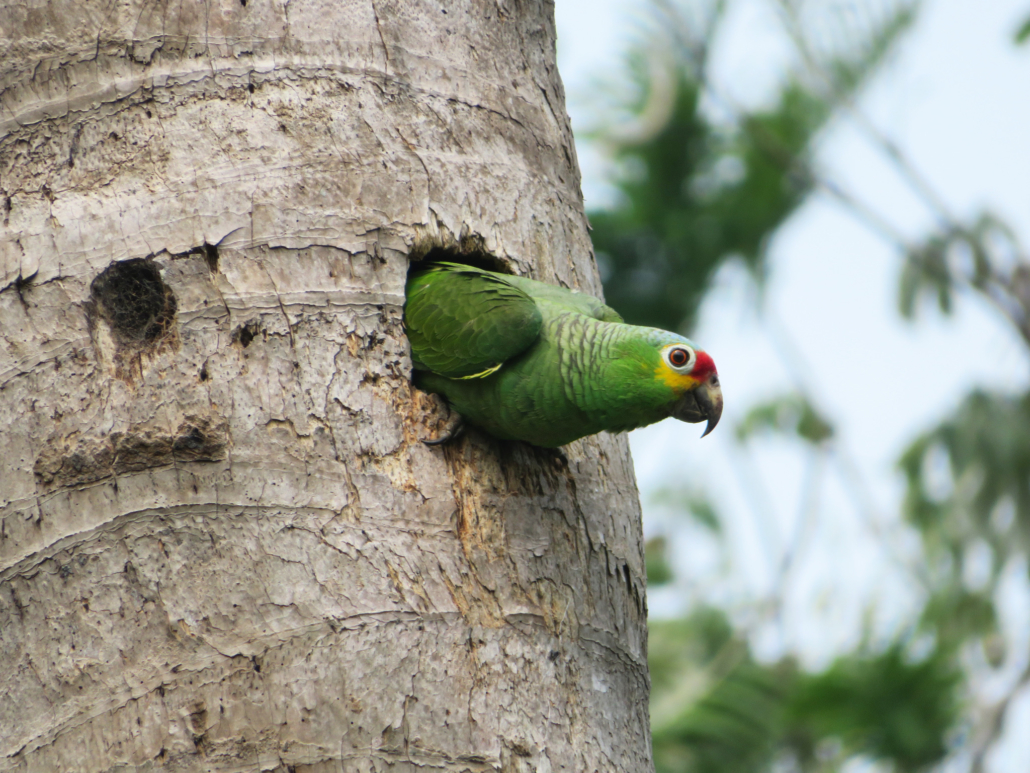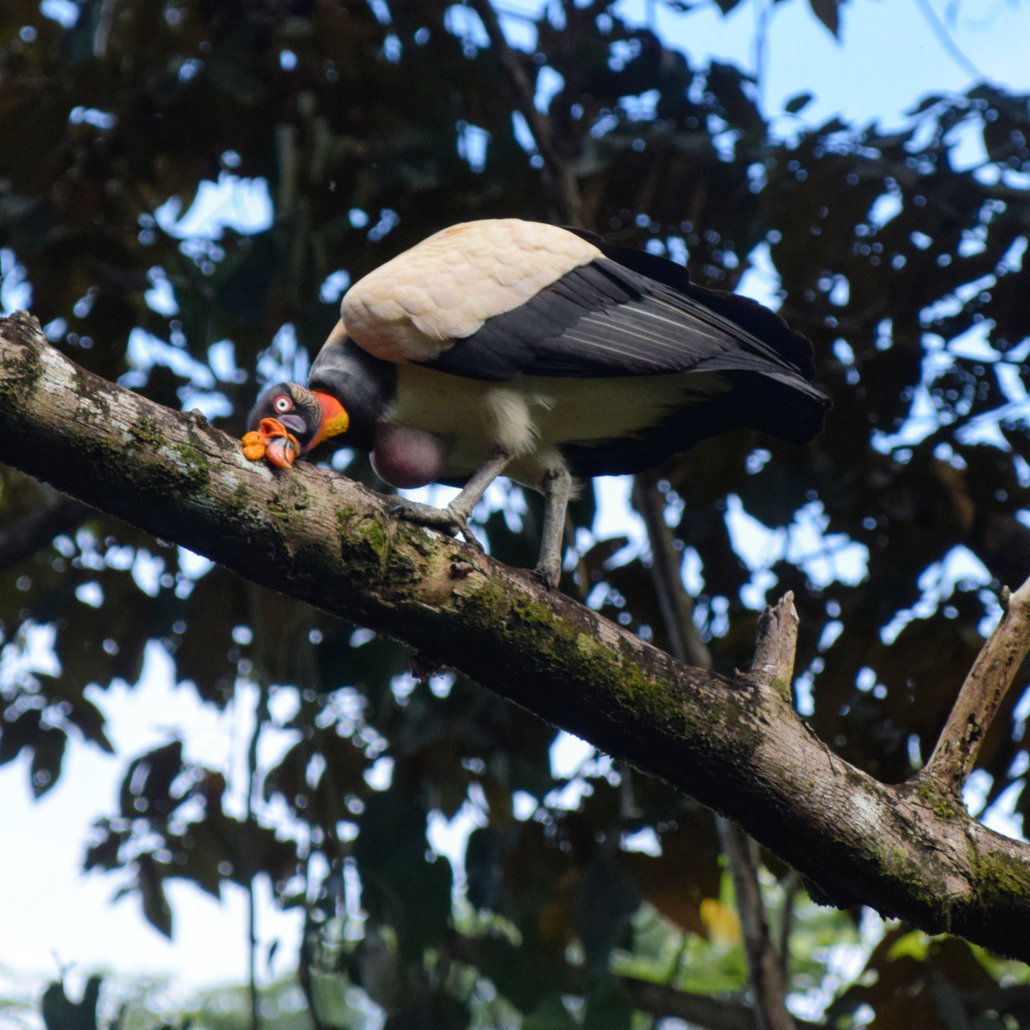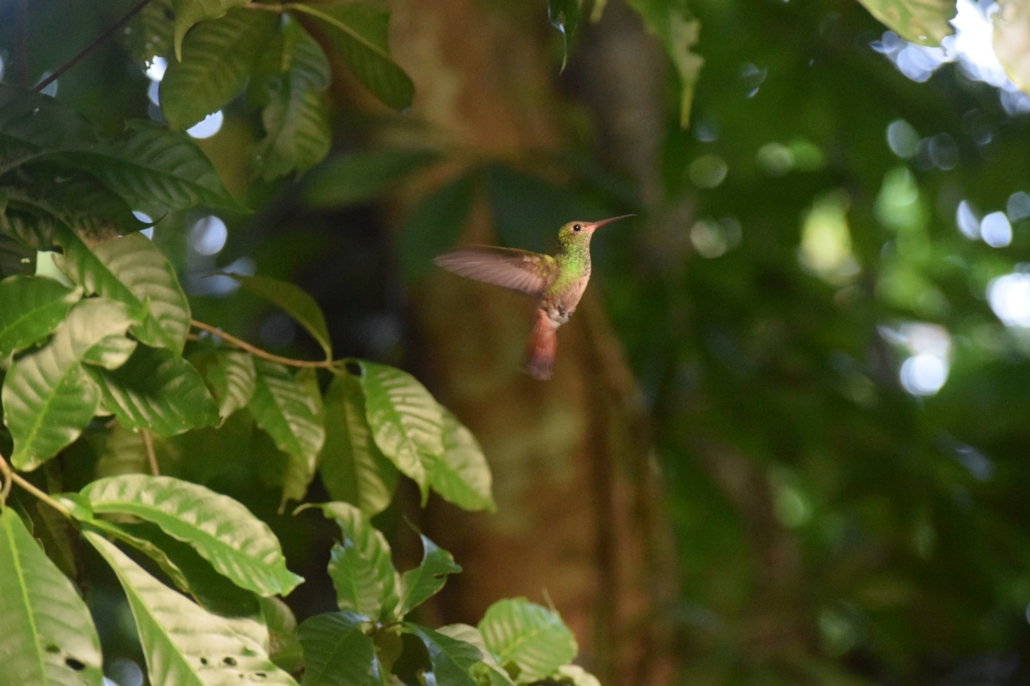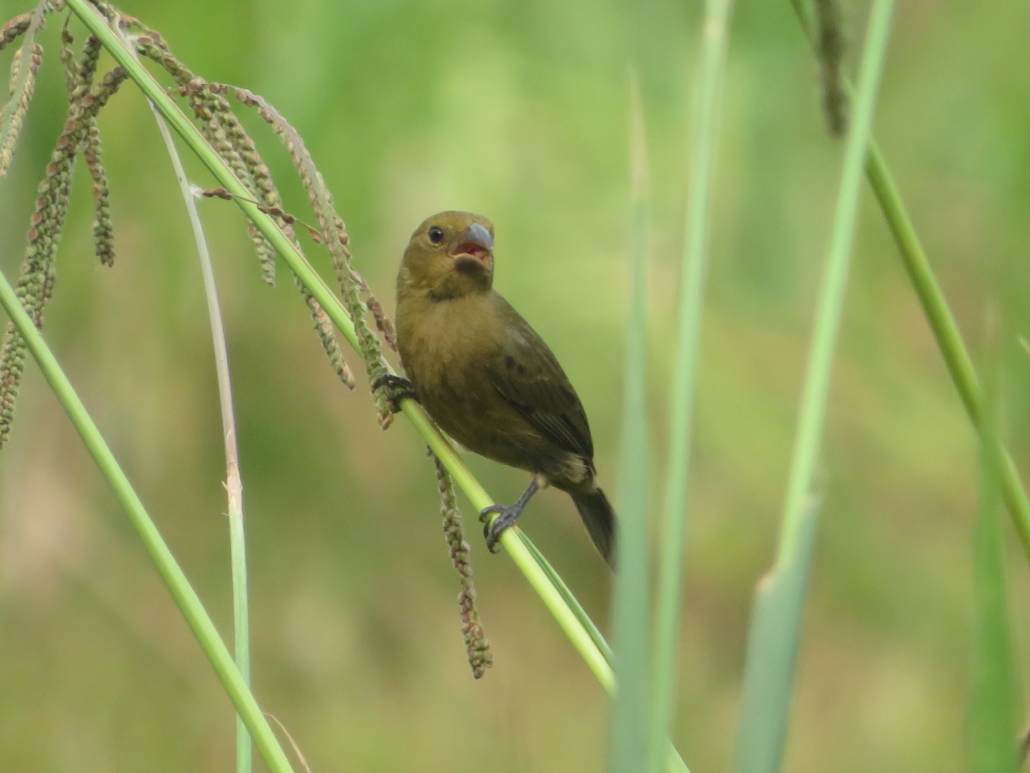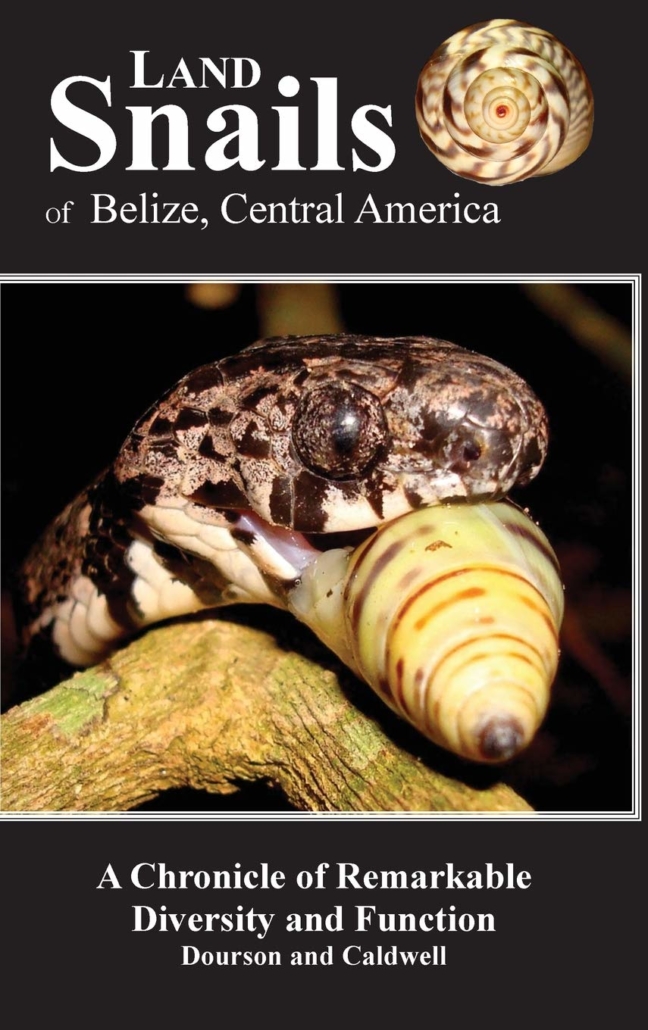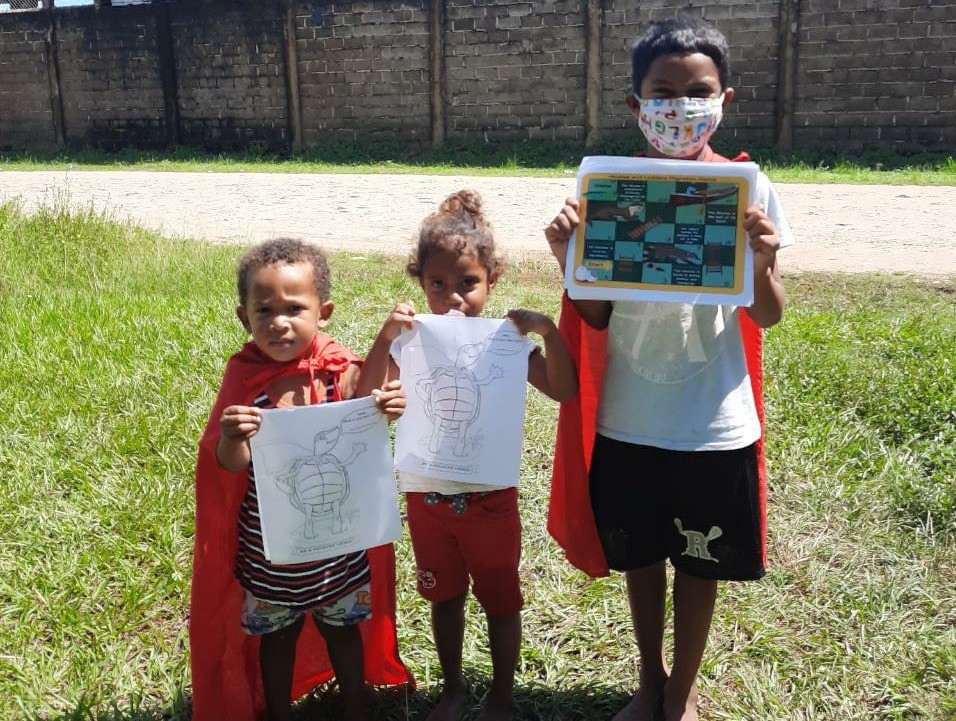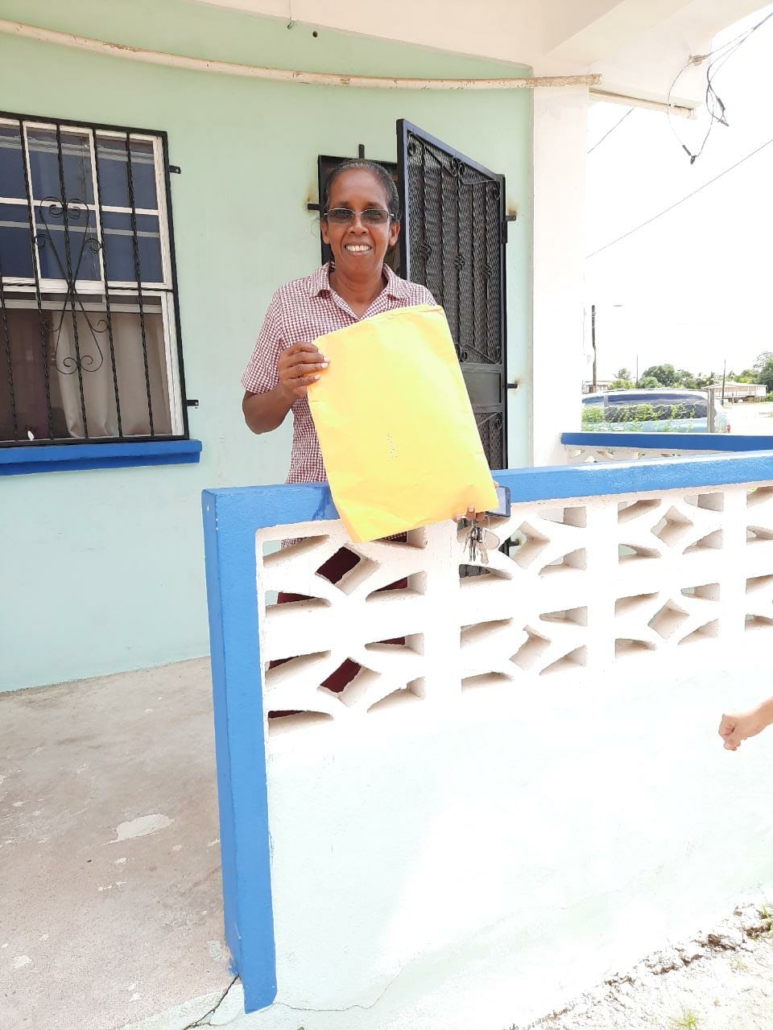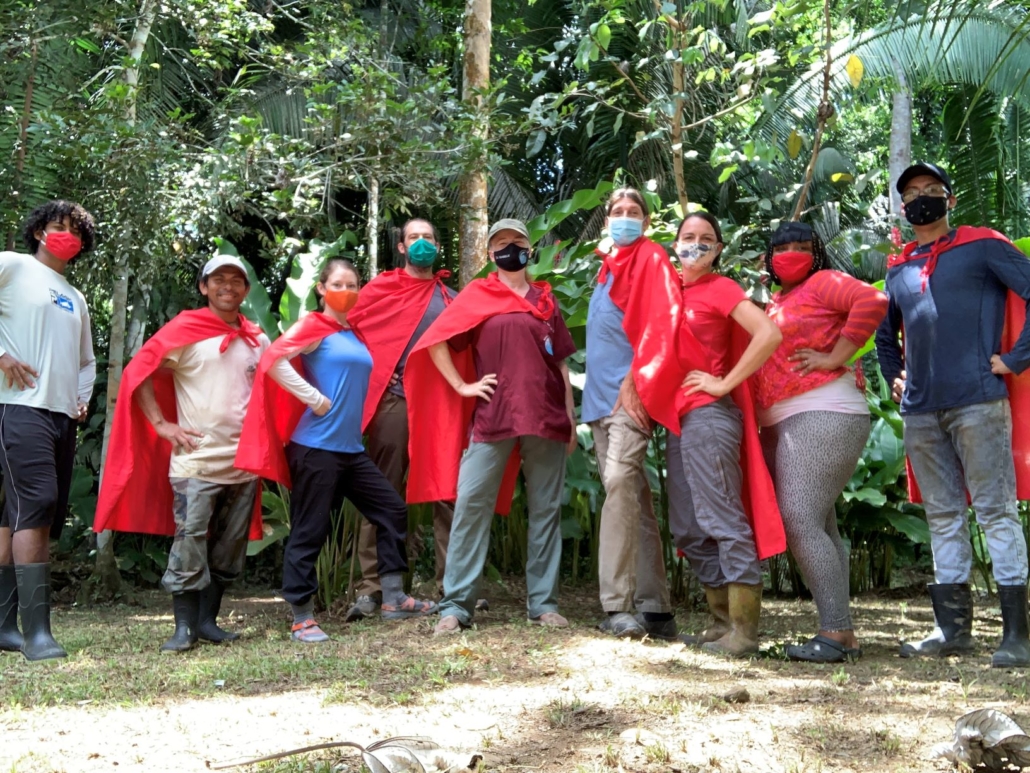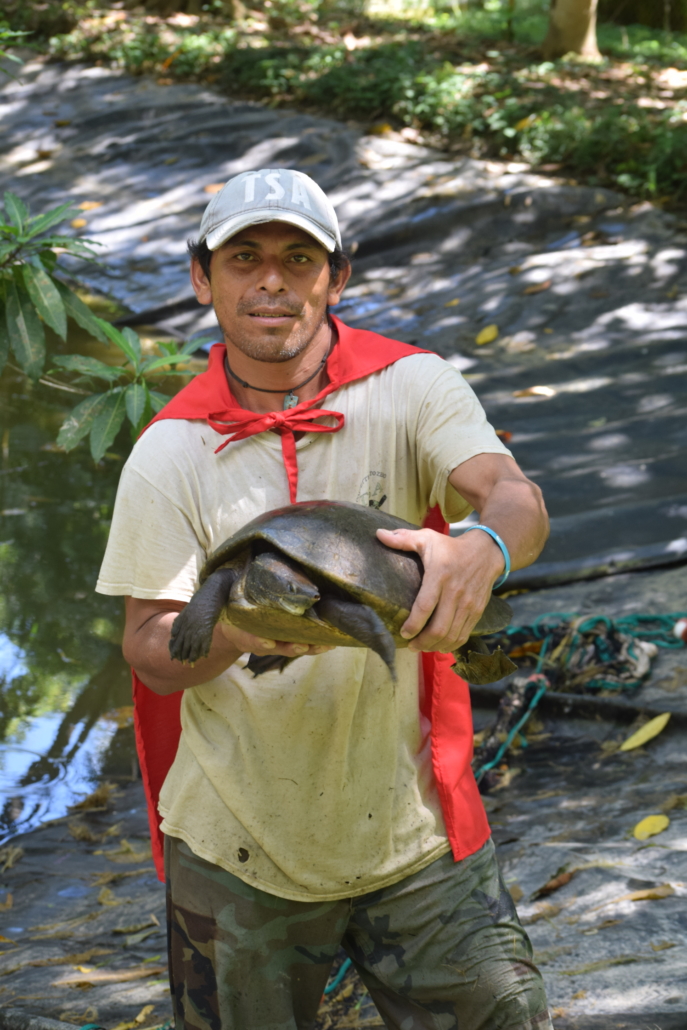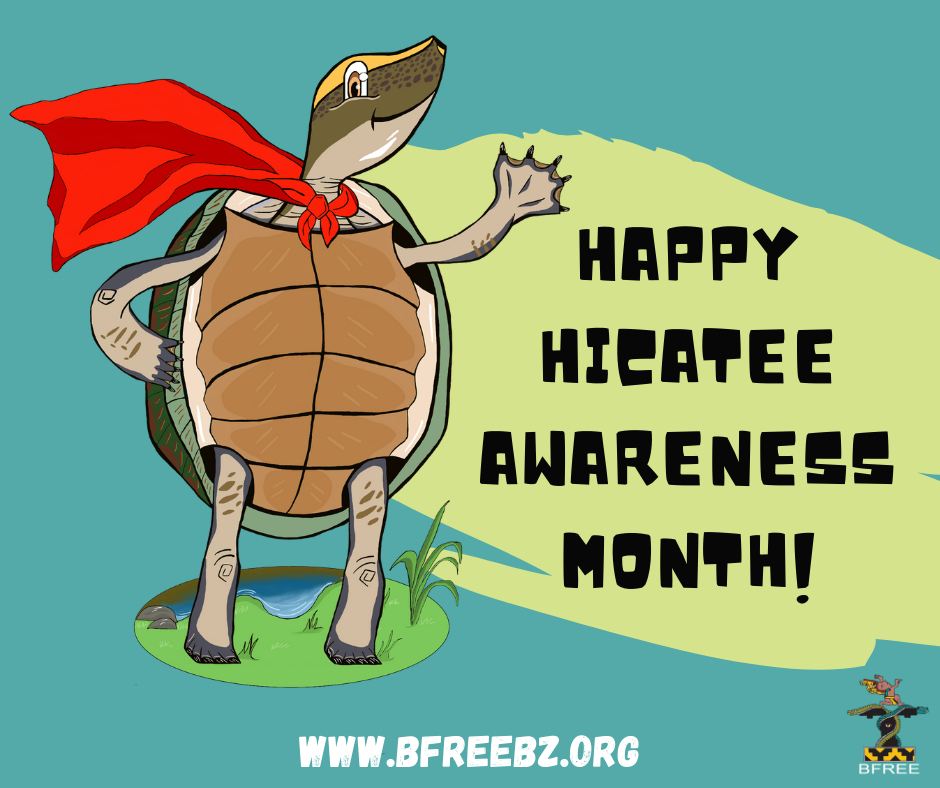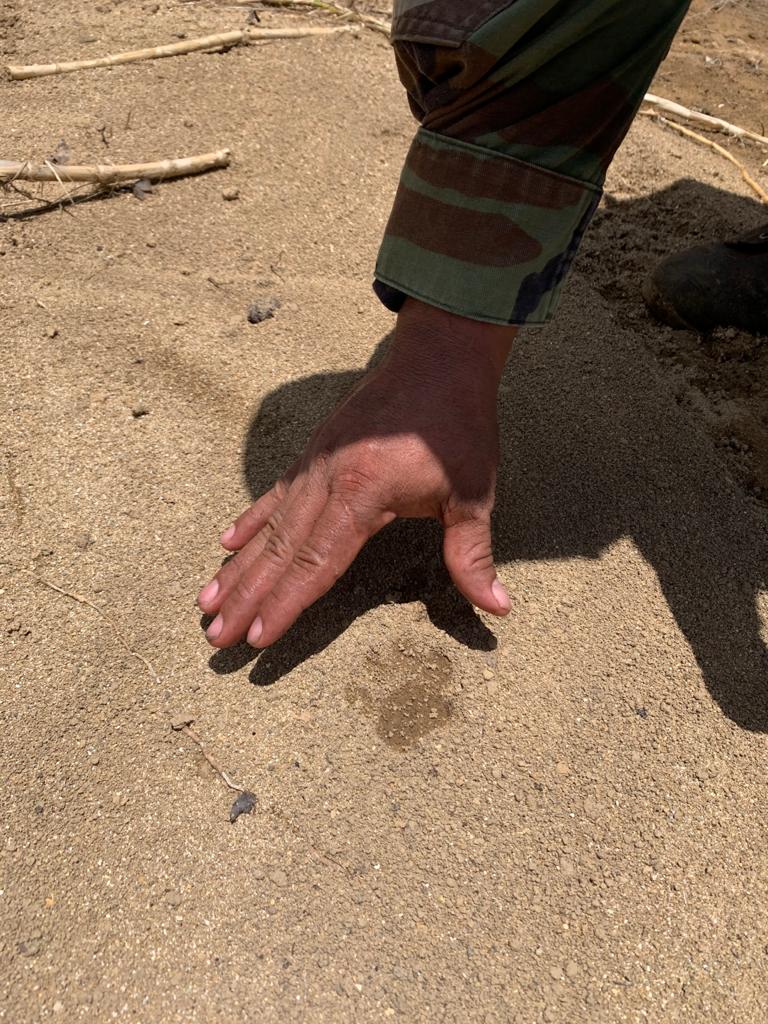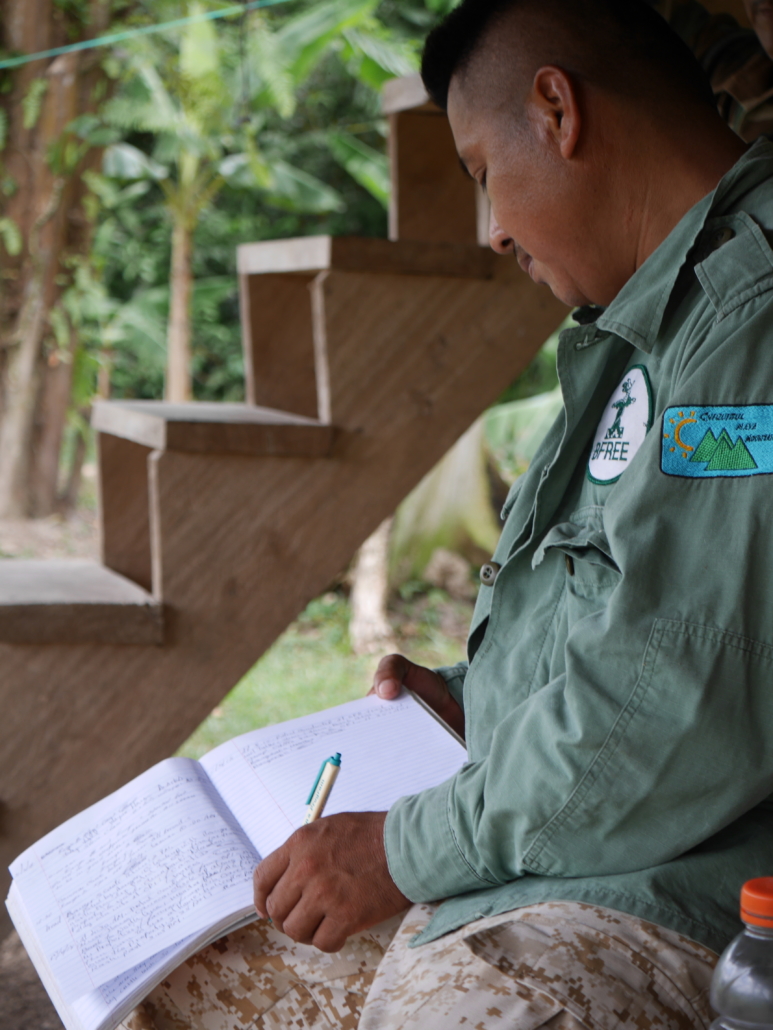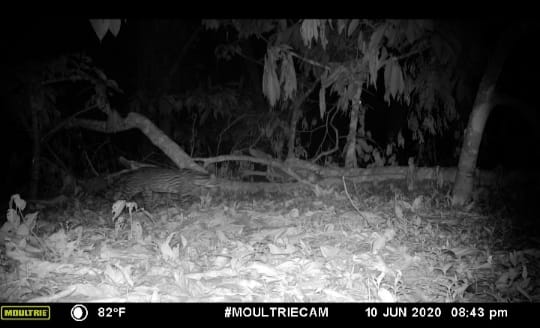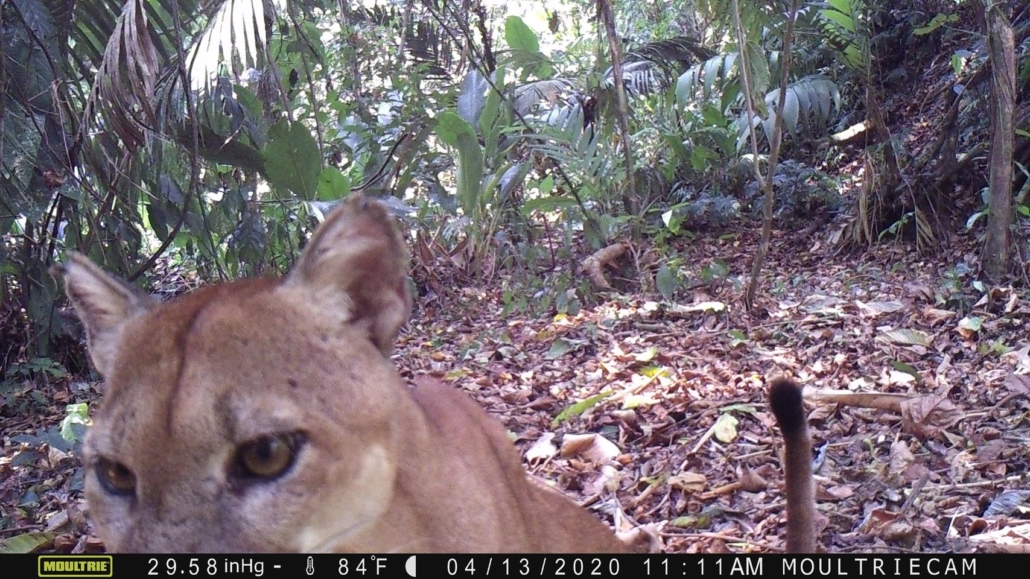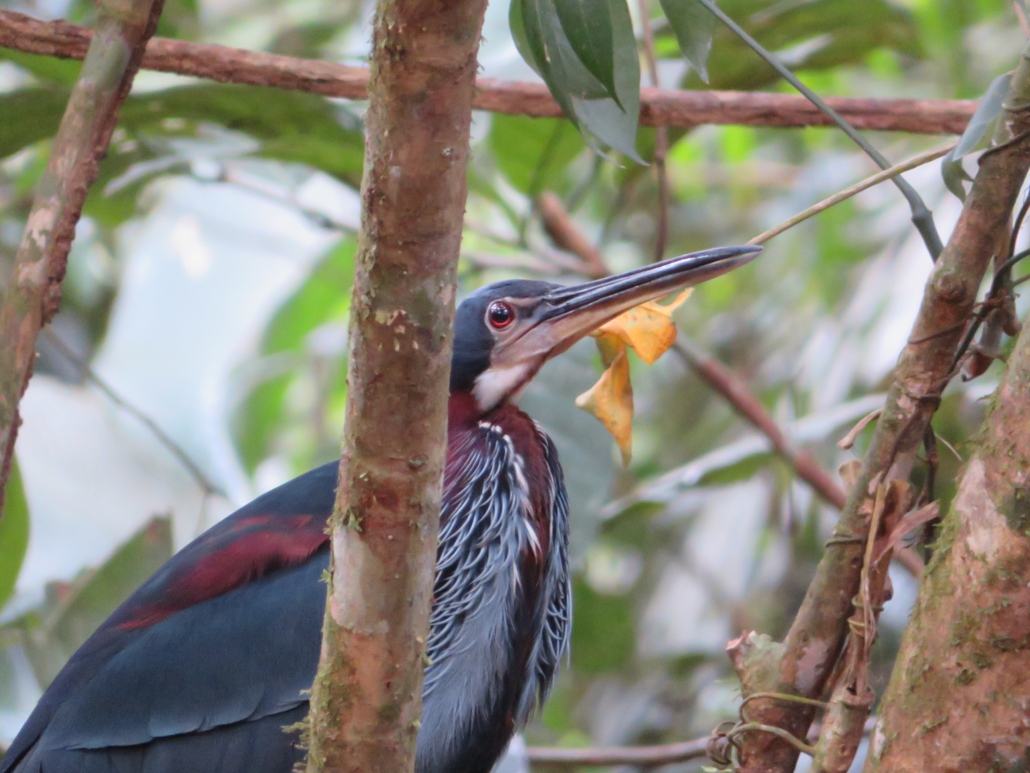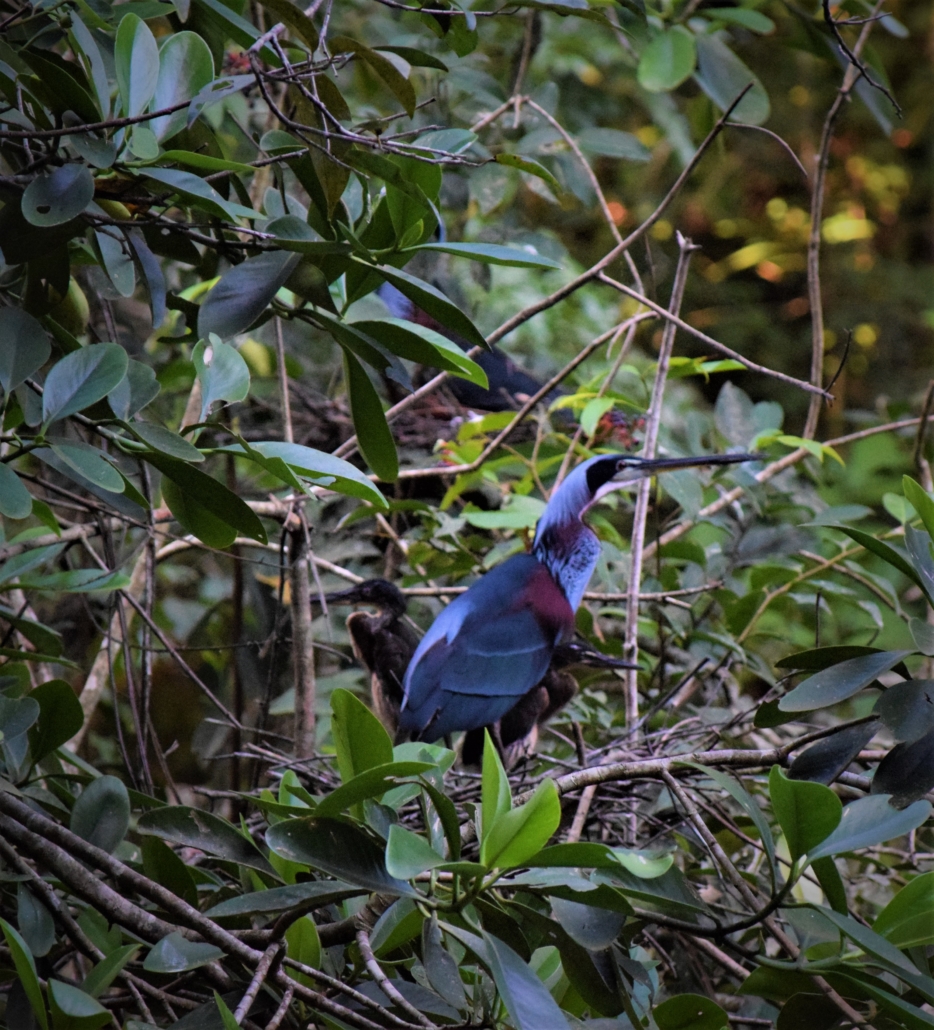In 2019, we shared that 17 new land snails were discovered in Belize by husband and wife team, Dan and Judy Dourson, and their colleague, Dr. Ron Caldwell.
Before the team’s research began in 2006, only 24 species of land snails were reported from Belize. Over the next decade, a total of 158 native land snails with 17 species new to science were documented. The Dourson’s spent seven of those years living at BFREE, and the BFREE Field Station became home-base for the snail research team for over a decade.
The long-term research resulted in the development of the first field guide for the region, Land Snails of Belize, A Chronicle of Diversity and Function, and the first comprehensive publication since the early 1900s for Central America. The book is presented as a reference to both the biologist and citizen scientist alike and includes a brief history of research in the region, status of current research, how to collect land snails, shell morphology, anatomy and terminology, and species accounts. The book contains more than 750 color images and diagnostic features highlighted for each of the 158 species.
Five-star reviews for the book, Land Snails of Belize:
Since the release of their book, we have heard from many just how useful this resource has been. But don’t just take our word for it, read some of the reviews below! And be sure to pick up your own copy here: Purchase Land Snails of Belize on Amazon
“I just received my copy of this book and I write to commend you. I am not a malacologist so I can not speak to the technical taxonomic aspects of the work. However, I have written a few natural history books and collected many hundreds more. Based on this, I think that you have produced a masterpiece of natural history- a work that will inspire me and many others to learn about and work on this fascinating group. Thank you. I look forward to seeing some of your other books on this topic.”
– Adrian Forsyth, author of, Tropical Nature: Life and Death in the Rain Forests of Central and South America
“There are many photo guide books for marine shells (and mammals, birds, reptiles, and so on) in Central America, but none for land snails. These guide books are useful for biologists and those of related professions to keep track of all the taxa and to teach students or explain or show something to someone who is not an invertebrate expert. And they are wonderful for nature lovers who want to identify something in their backyard. Land snails in the tropics have an amazing amount of diversity, and we’re just starting to understand their different niches, behaviors, and relationships.
This book is up-to-date with most of the (albeit limited) studies on land snails in Belize. The scientific names are correct (at least for now), the organization of the book is very clear to follow, the descriptions are useful, the photos are fantastic, and the maps with known localities are incredibly useful. This is a valuable book for invertebrate enthusiasts in the tropics. The background at the beginning regarding snail behavior (as well as throughout the book, where relevant), along with associated pictures (wolfsnails attacking prey, various animals interacting with snails like the snake on the cover) are very useful, making this more than just a book on identifications and bringing these snails to life. It also has beautiful drawings and close-up photos of shell patterns and ridging for identification, including different colormorphs of the same species.
In addition to land snails in Belize, there are some useful sections regarding freshwater invertebrates (also, alas, understudied in this region of the world) and slugs. For invertebrate enthusiasts, this is a great guide with beautiful photos and some funny sketches. For anyone who works with these critters in and around Belize, it’s an absolutely excellent resource.”
– Anzu
“If you are interested in the snail of this region you must get this. It’s also well done, informative in general ways, and the ways of snails. A great work, and necessary if you’re a snailologist. (FYI that’s not really a word).”
– B. J. Stephen
